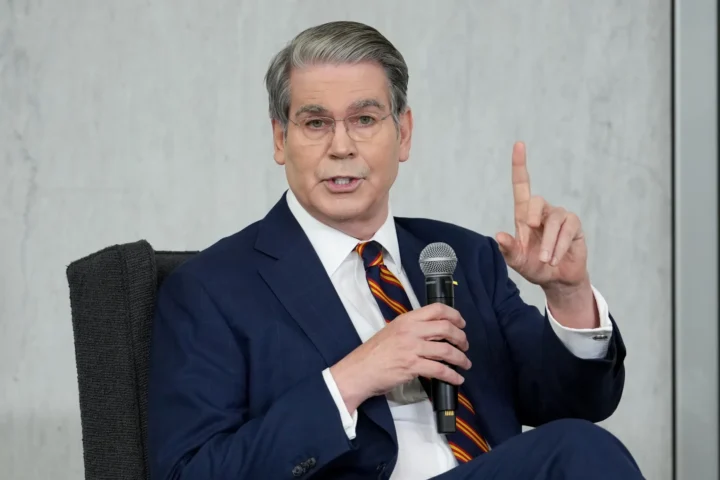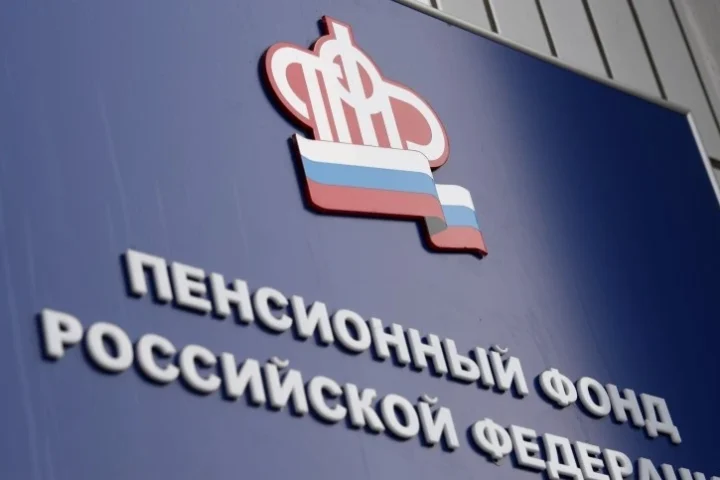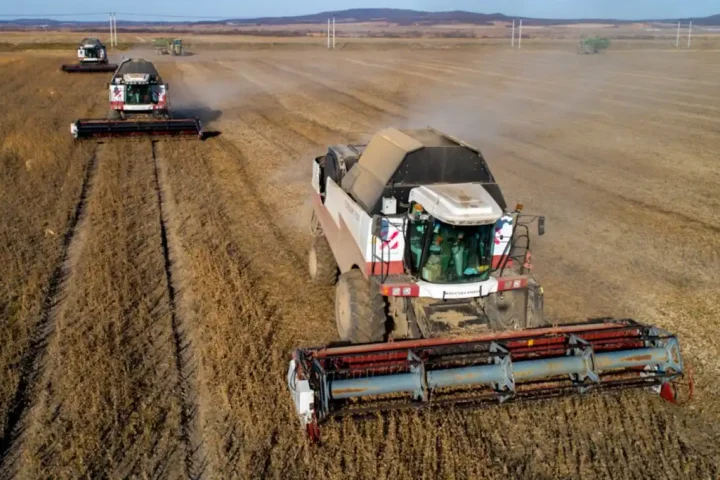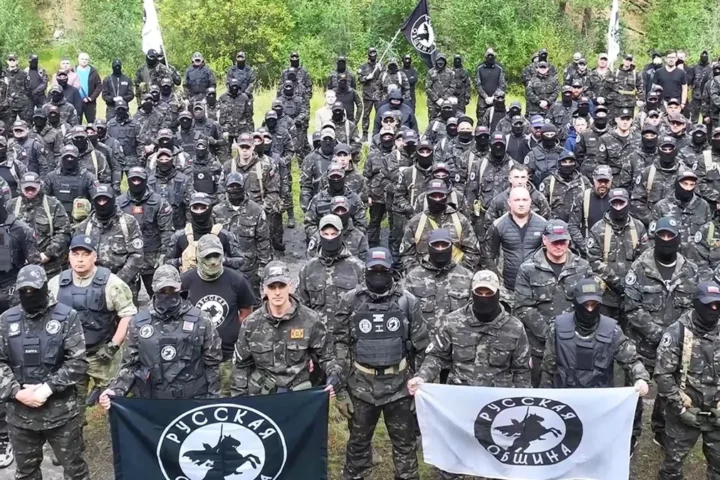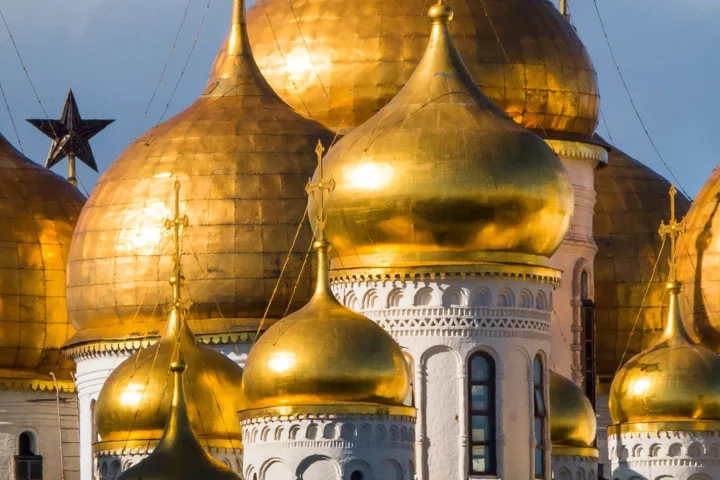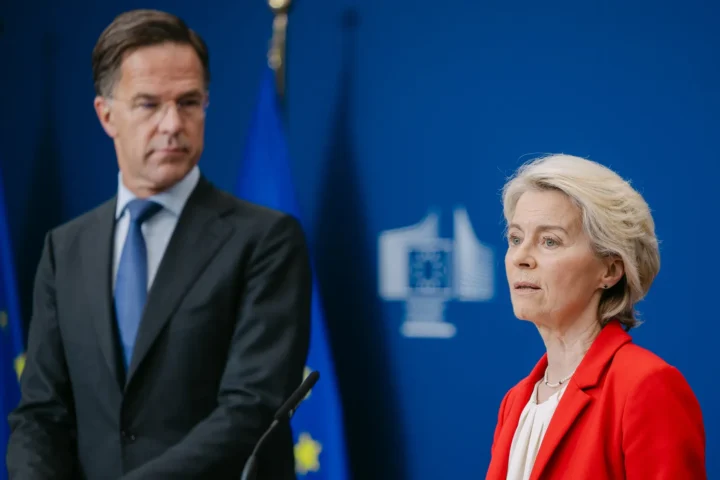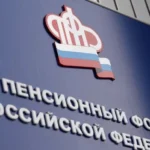Over the next 10–12 months, direct arrests of regional governors on corruption charges remain unlikely. However, within the political system, there is a growing demand for high-profile purges. For now, the Kremlin prefers a softer approach — formal resignations “at their own request,” particularly in regions where the governors’ entourages are clearly mired in corruption. According to insiders, such cases are expected to become more frequent.
Post-War Immunity Is Fading
Since the start of the “Special Military Operation” — and especially after the autumn mobilization of 2022 — regional governors have been granted an important political “immunity certificate.” They were tasked with recruiting contract soldiers for the front, and their political standing has only strengthened since. Today, the main metric for a governor’s effectiveness is the number of troops sent to the battlefield. In the Kremlin’s view, regions are currently fulfilling this mission — and that continues to protect governors from dismissal, even amid corruption scandals.
But the tide is shifting. The security services have compiled files on every regional head and many local officials — and if the political will emerges, these dossiers could be used.
Siloviki vs. Regional Clans
The Kremlin supports the security bloc’s efforts to weaken entrenched regional resource groups. In parallel, there’s an ongoing effort to dismantle long-standing “conglomerates” of regional and federal officials, businessmen, and security operatives. These systems — forged throughout the 2010s — were built on durable ties between bureaucrats and local economic interests. In many cases, personal agreements supplanted institutional procedures, forming an informal administrative architecture.
There are clear triggers behind this shift: the growing influence of the siloviki (security services) at all levels, a chronic federal budget deficit, and the weakening of the regions’ strategic importance to Moscow. What was once considered politically sensitive has now become a formality.
Particular attention is being paid to resource-rich regions — the Urals, Siberia, and southern Russia — where opaque financial flows remain common. Tatarstan, Bashkortostan, and the North Caucasus are under special surveillance. However, in these areas, the siloviki’s capacity to intervene is limited.
Over the past decade, the political structure has made governors into central nodes within the power vertical. The Presidential Administration delegates almost all major decision-making to them — and with it, all the responsibility. That makes replacing them abruptly a difficult task. Still, sources note that the security bloc is increasingly unwilling to abide by the logic of “stability.” That restraint may soon come to an end.
Russia is once again approaching the kind of moment seen in 2016, when the rising influence of the siloviki led to political imbalance. At the time, President Vladimir Putin was forced to reshuffle the top of his administration: Sergey Ivanov and Vyacheslav Volodin were replaced by Anton Vaino and Sergey Kiriyenko.
Today, the political regime is once again entering a phase of deep instability.
How that imbalance will be resolved — the coming months will reveal.







